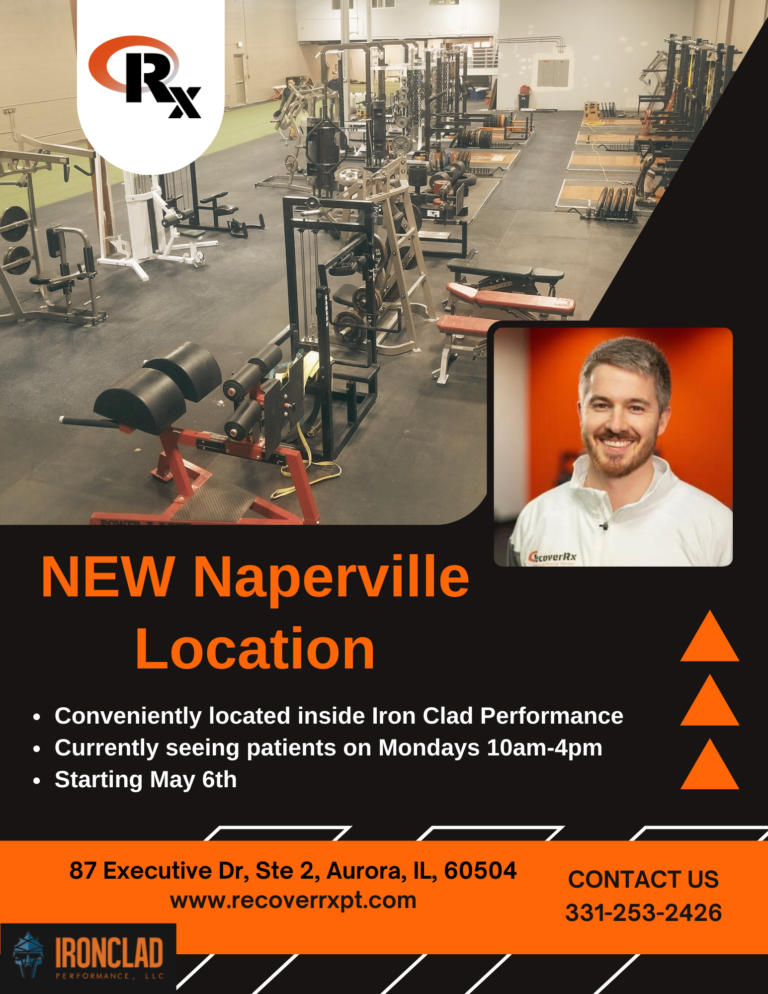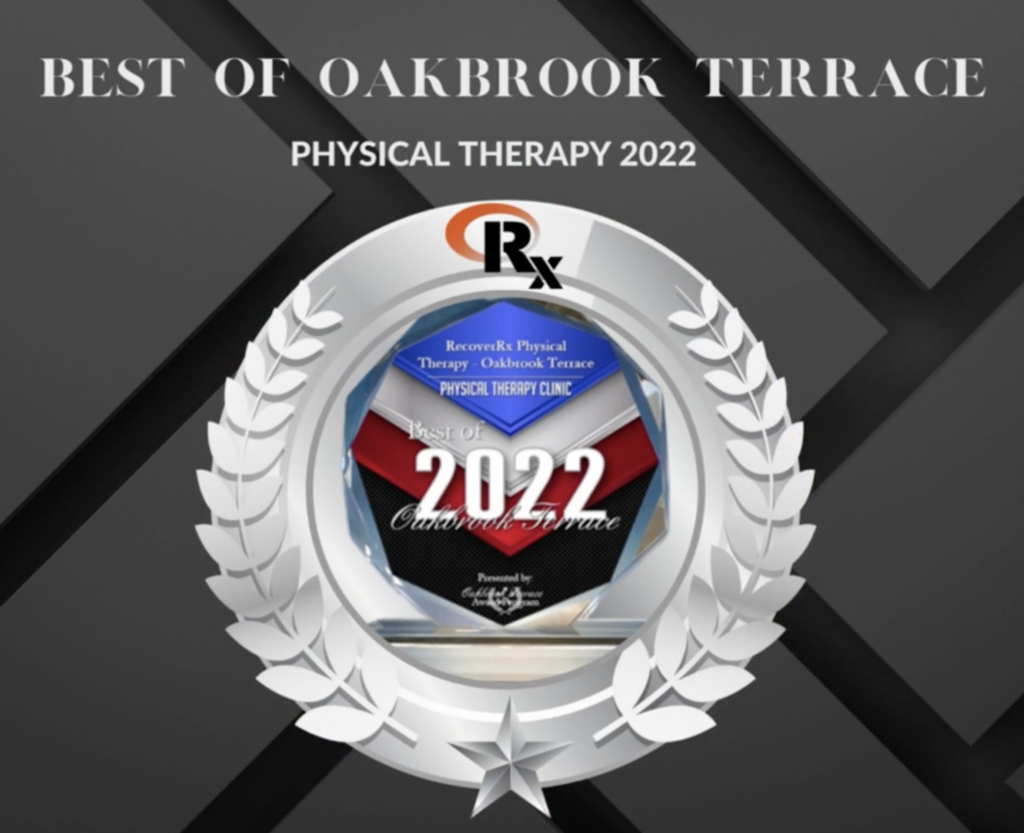
Many times as a patient and consumer, there are questions that need to be answered around the difference between two similar products. In the outpatient physical therapy world, we often receive the question of “what is the difference between sports physical therapy and regular physical therapy?”
Whether you’re an athlete aiming to enhance performance or someone recovering from a workplace injury, physical therapy plays a pivotal role in optimizing movement and promoting overall well-being.. In this blog post, we’ll embark on a journey to unravel the nuances that set “sports physical therapy” apart from “Regular physical therapy”, exploring their unique focuses, methodologies, and the scenarios in which each shines.
Understanding Physical Therapy First:
Before delving into the differences, let’s establish a foundation. Physical therapy, in its essence, is a healthcare discipline aimed at optimizing physical function and mobility, mitigating pain, and preventing further injury. Regular physical therapy, often referred to simply as physical therapy or outpatient physical therapy, addresses a broad spectrum of conditions, encompassing orthopedic issues, neurological disorders, and rehabilitation following surgeries or injuries. It can absolutely be a game changer for helping people overcome limitations and get back to their basic every day activities.
On the other hand, sports physical therapy is a specialized branch tailored specifically for athletes and individuals engaged in sports and physical activities. It hones in on the distinct demands and challenges posed by sports-related injuries and strives to not only rehabilitate but also enhance performance. It is not isolated to just children and adolescent and can definitely be applied to the active adult athlete still wanting to be active and participate in sports later in life.
So What Are The Key Differences:
- Target Population:
- Regular Physical Therapy: Primarily caters to a diverse range of individuals dealing with injuries, surgeries, or chronic conditions unrelated to sports or athletic activities. This can include people with orthopedic issues, neurological disorders, and those recovering from surgeries or accidents.
- Sports Physical Therapy: Specifically designed for athletes and active individuals engaged in sports or fitness pursuits. The focus is on addressing injuries common to sports activities and optimizing performance.
- Treatment Focus:
- Regular Physical Therapy: Emphasizes general movement, pain management, and functional improvement tailored to an individual’s specific condition or ailment.
- Sports Physical Therapy: Extends beyond injury rehabilitation to include performance enhancement. It incorporates exercises and interventions aimed at improving strength, agility, and flexibility to boost athletic capabilities.
- Injury Prevention:
- Regular Physical Therapy: Primarily centers around rehabilitation and recovery, with a focus on restoring normal function and preventing further deterioration.
- Sports Physical Therapy: Integrates injury prevention strategies into the treatment plan. This proactive approach aims to reduce the risk of sports-related injuries and enhance an athlete’s durability.
- Tailored Training:
- Regular Physical Therapy: Develops individualized treatment plans based on the specific needs and conditions of the patient mostly related to every day functional tasks.
- Sports Physical Therapy: Goes a step further by tailoring interventions to align with the demands of particular sports or activities. The training may mimic the movements and stressors encountered in the athlete’s specific sport. Very individualized with a focus on progression back to sport.
Choosing the Right Path:
Determining whether regular physical therapy or sports physical therapy is the right fit depends on your unique circumstances. If you’re dealing with a general injury, general surgery recovery, or a chronic condition, regular physical therapy may be the ideal choice and fit the needs of what you want to get back to doing in daily life. On the other hand, if you’re a younger or older athlete striving to recover from a sports-related injury or aiming to enhance your performance, sports physical therapy may offer targeted interventions specifically tailored to meet the needs of your sport or activity. Sports PTs are specialized to be able to progress individuals back to these goals.
Conclusion:
In the dynamic and crowded field of physical therapy, understanding the distinctions between sports physical therapy and regular physical therapy is crucial. Both serve essential roles in promoting optimal health and functionality, catering to a diverse range of individuals with distinct needs. Whether you’re on the path to recovery or seeking to elevate your athletic performance, the right form of physical therapy can be a guiding force on your journey to well-being.
In your pursuit of personalized and effective physical therapy, the choice you make can significantly impact your journey to recovery and performance enhancement. At RecoverRx Performance Physical Therapy, we are uniquely specialized as sport physical therapists and our clinic stands out as a beacon of excellence in the field, offering a unique approach that sets us apart in the sports physical therapy arena.
Take the Next Step with RecoverRx:
Contact us today to embark on a path tailored to your unique needs, where recovery meets performance, and every step forward is a step towards your best self on and off the field.
Use Every Setback As A Comeback
Dr. Luke and The RecoverRx Team
Reference: 4. Sports Physical Therapy Section of the American Physical Therapy Association. What is Sports Physical Therapy? 2012. Available at https://spts.org/about-spts Accessed March 29, 2017.




